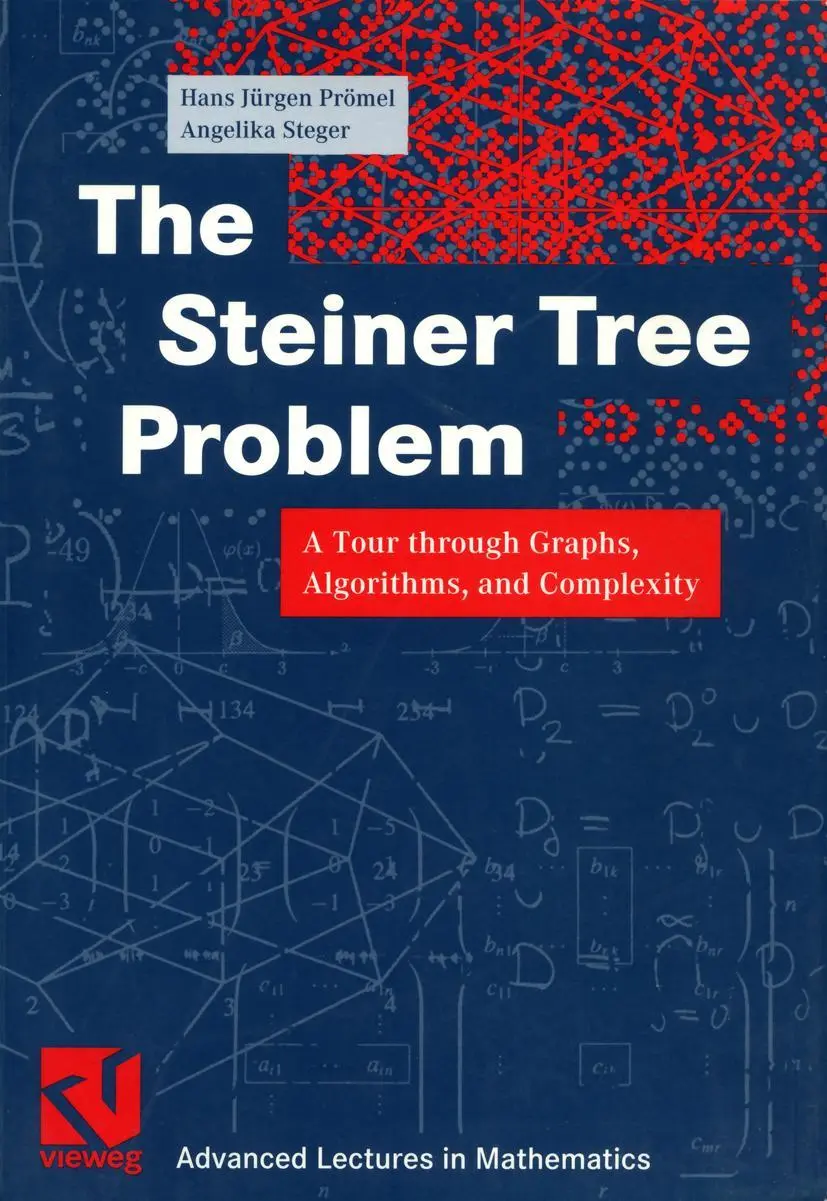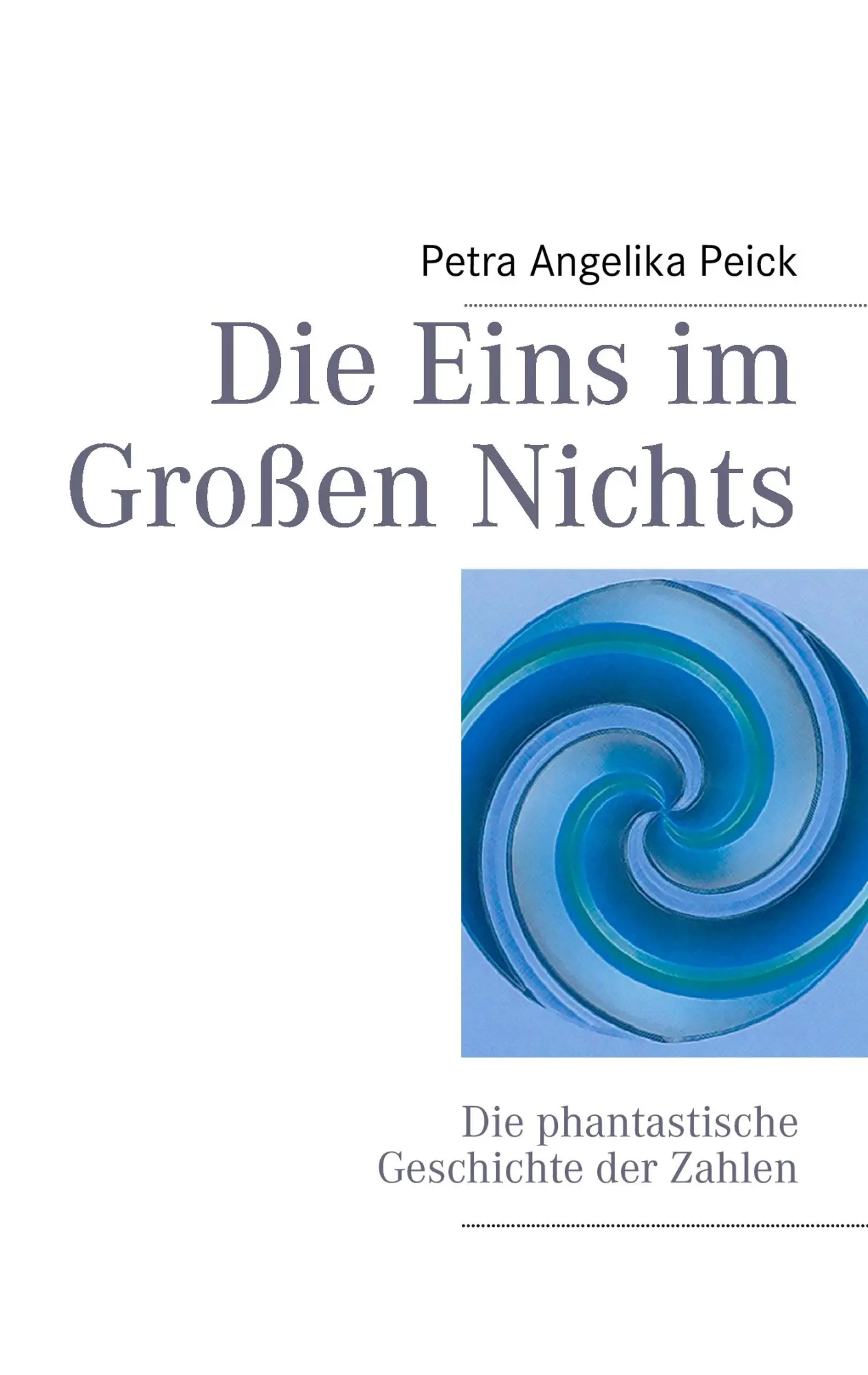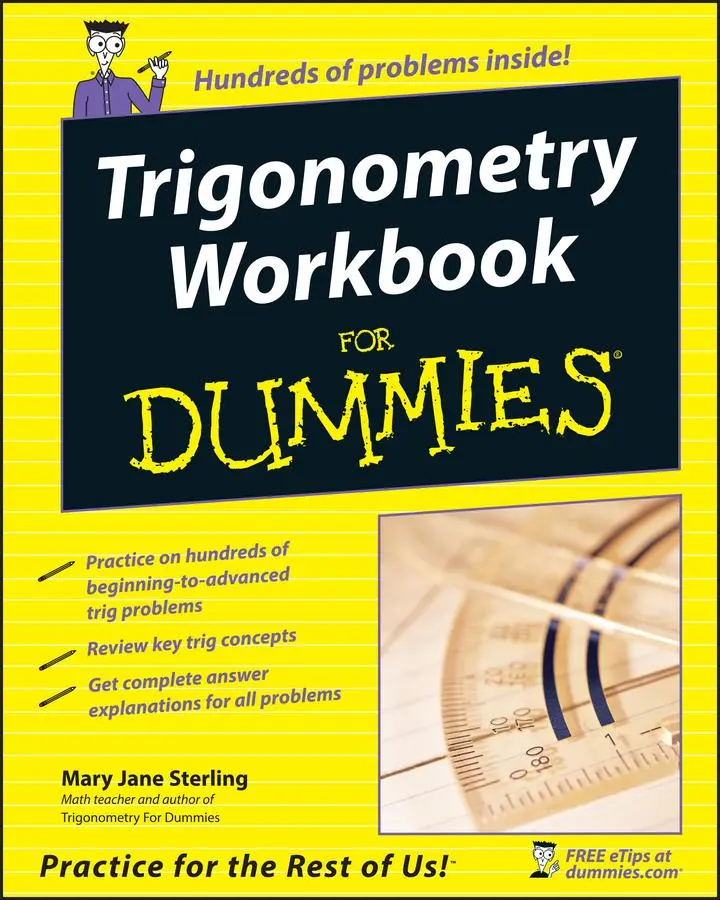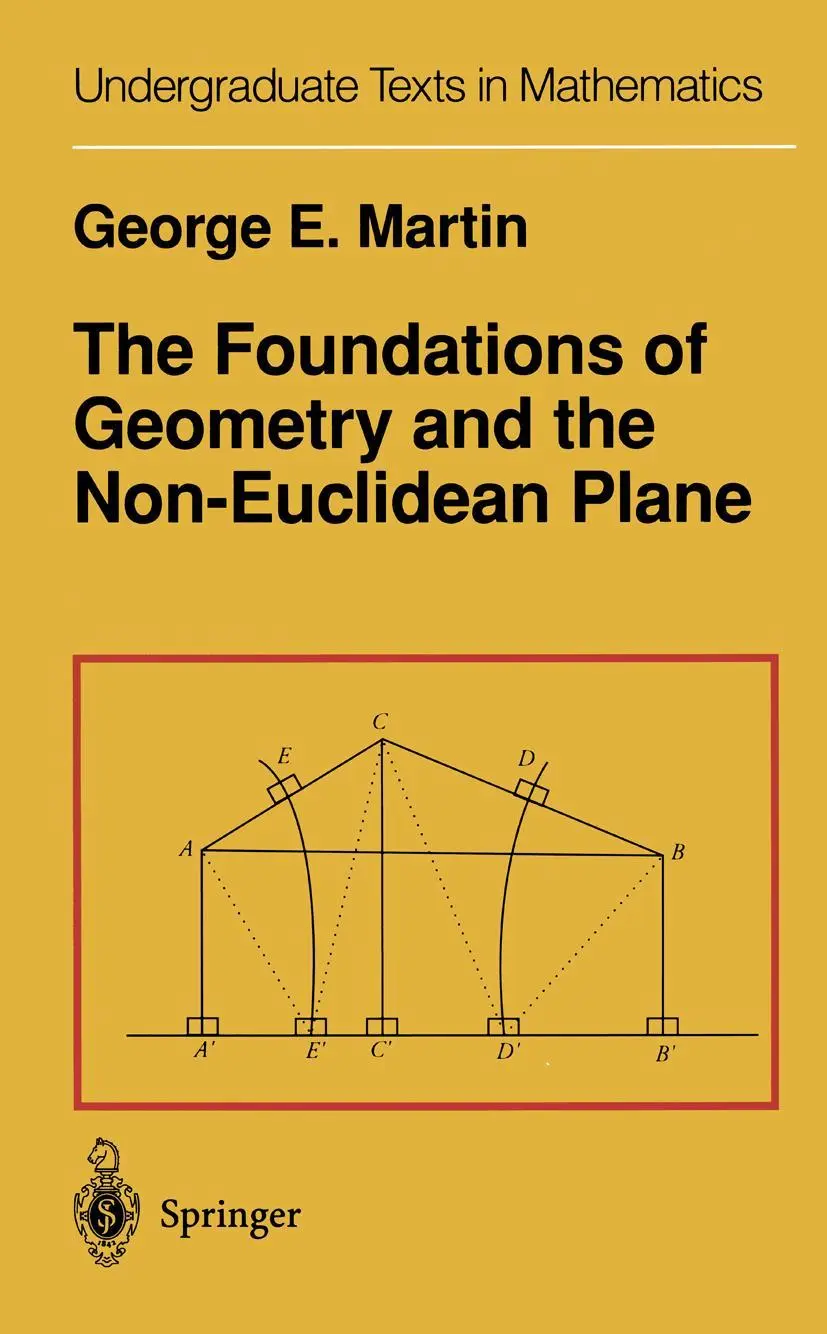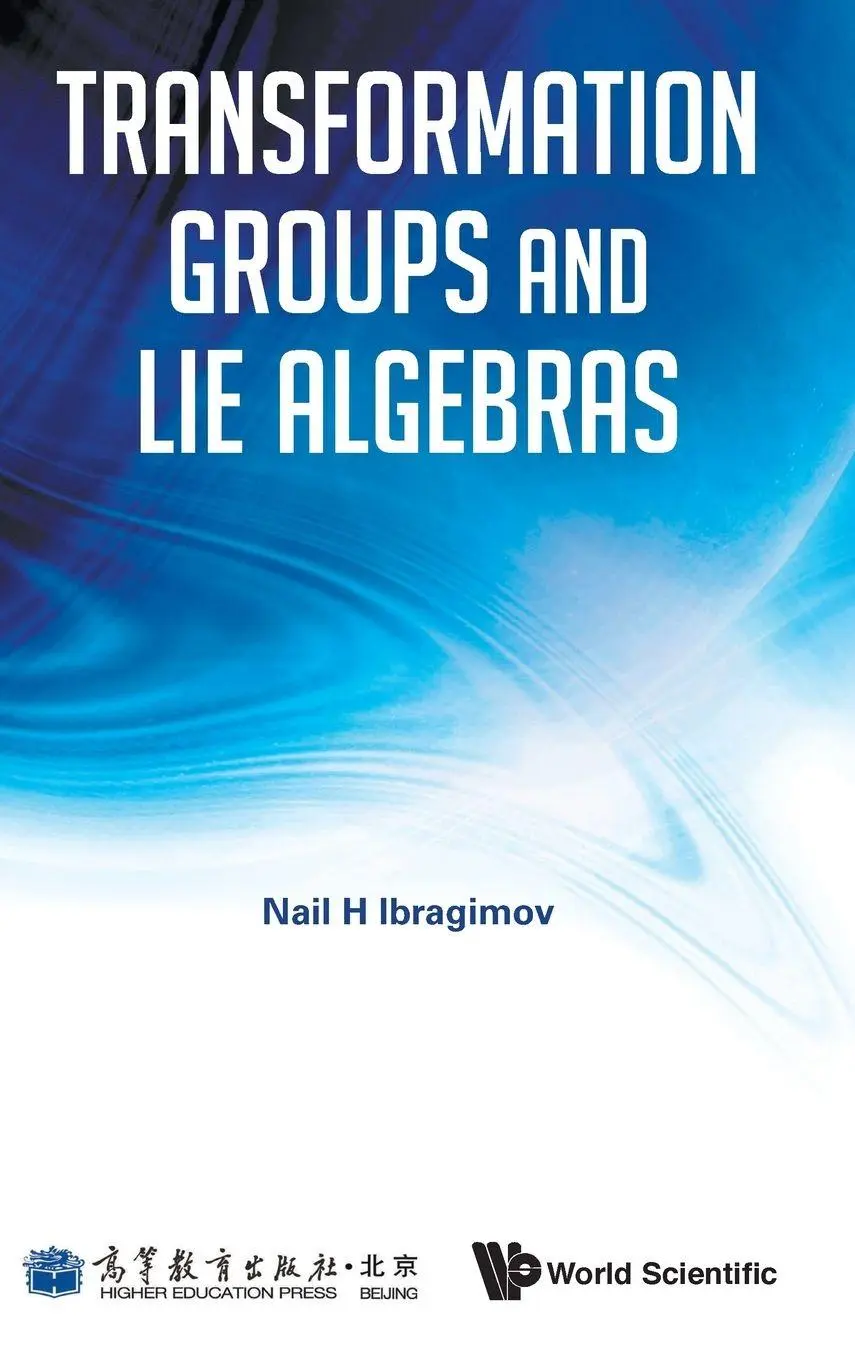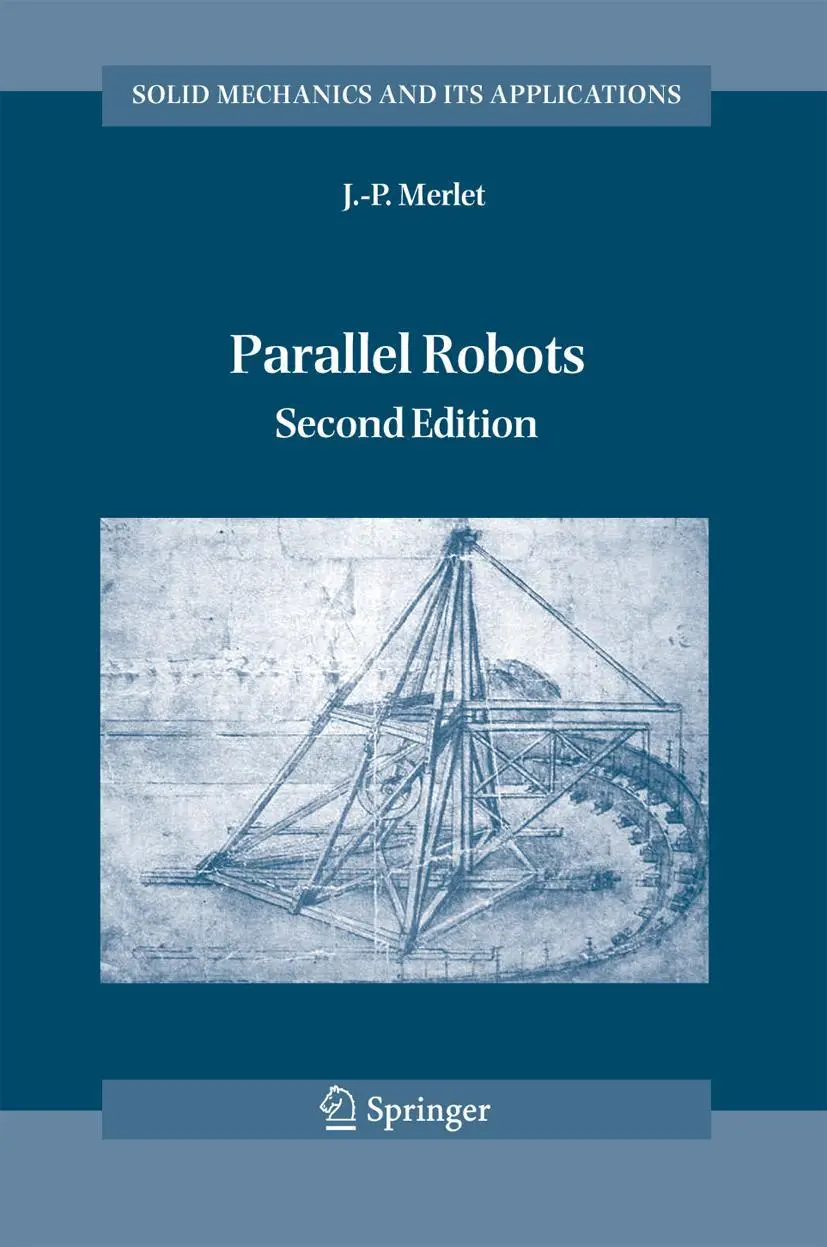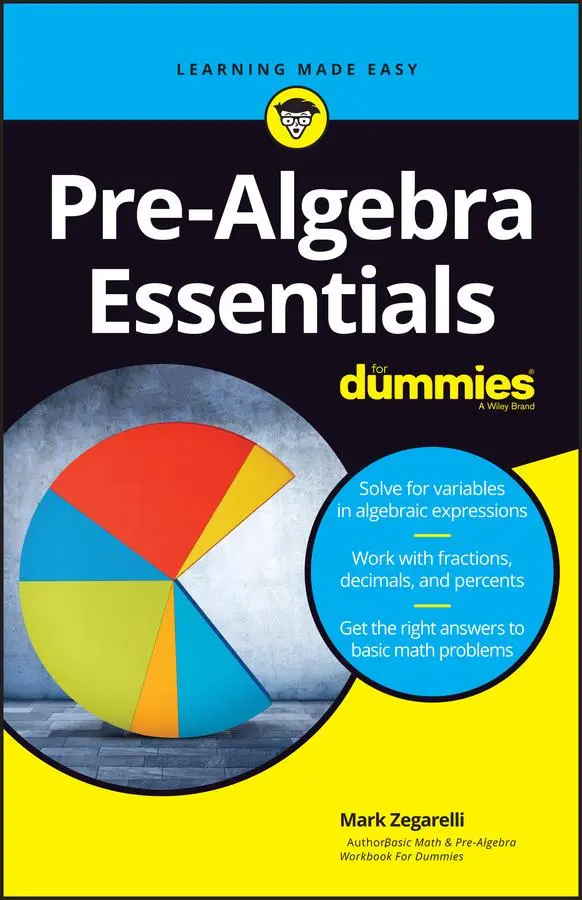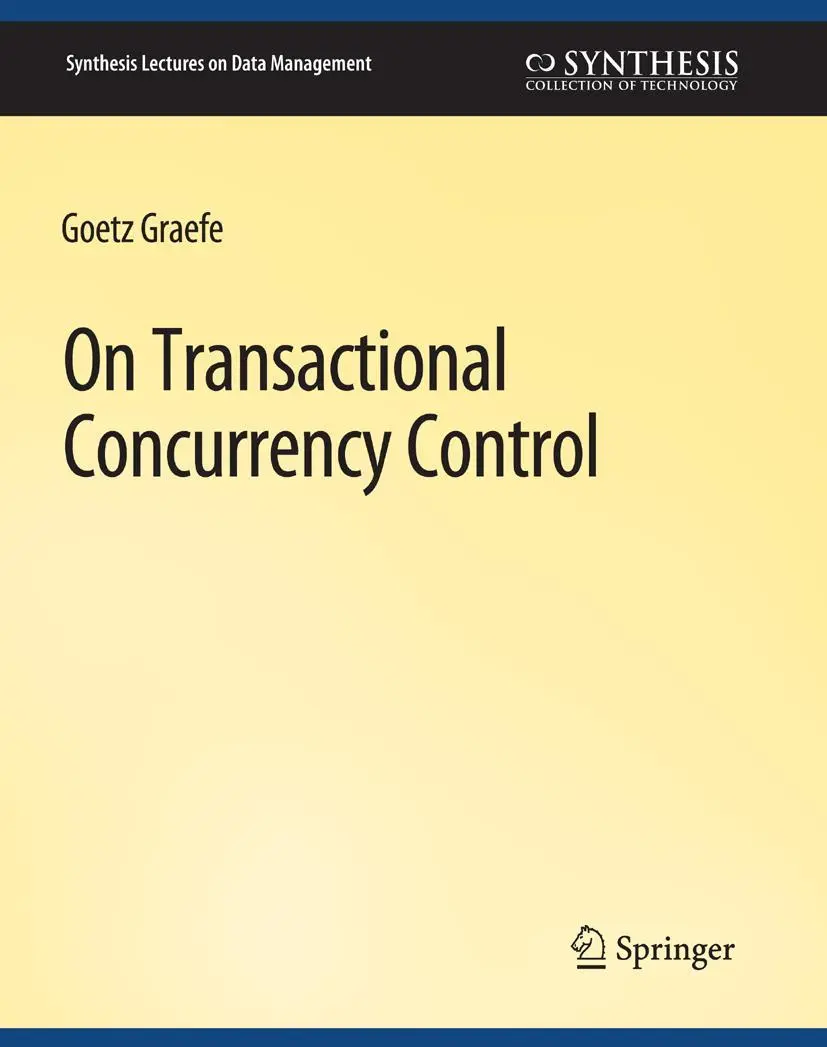Dekorationsartikel gehören nicht zum Leistungsumfang.
Sprache:
Englisch
42,70 €
UVP 48,14 €
Versandkostenfrei per Post / DHL
Lieferzeit 2-4 Werktage
Kategorien:
Beschreibung
"A very simple but instructive problem was treated by Jacob Steiner, the famous representative of geometry at the University of Berlin in the early nineteenth century. Three villages A,B ,C are to be joined by a system of roads of minimum length. " Due to this remark of Courant and Robbins (1941), a problem received its name that actually reaches two hundred years further back and should more appropriately be attributed to the French mathematician Pierre Fermat. At the end of his famous treatise "Minima and Maxima" he raised the question to find for three given points in the plane a fourth one in such a way that the sum of its distances to the given points is minimized - that is, to solve the problem mentioned above in its mathematical abstraction. It is known that Evangelista Torricelli had found a geometrical solution for this problem already before 1640. During the last centuries this problem was rediscovered and generalized by many mathematicians, including Jacob Steiner. Nowadays the term "Steiner prob lem" refers to a problem where a set of given points PI, . . . ,Pn have to be connected in such a way that (i) any two of the given points are joined and (ii) the total length (measured with respect to some predefined cost function) is minimized.
"A very simple but instructive problem was treated by Jacob Steiner, the famous representative of geometry at the University of Berlin in the early nineteenth century. Three villages A,B ,C are to be joined by a system of roads of minimum length. " Due to this remark of Courant and Robbins (1941), a problem received its name that actually reaches two hundred years further back and should more appropriately be attributed to the French mathematician Pierre Fermat. At the end of his famous treatise "Minima and Maxima" he raised the question to find for three given points in the plane a fourth one in such a way that the sum of its distances to the given points is minimized - that is, to solve the problem mentioned above in its mathematical abstraction. It is known that Evangelista Torricelli had found a geometrical solution for this problem already before 1640. During the last centuries this problem was rediscovered and generalized by many mathematicians, including Jacob Steiner. Nowadays the term "Steiner prob lem" refers to a problem where a set of given points PI, . . . ,Pn have to be connected in such a way that (i) any two of the given points are joined and (ii) the total length (measured with respect to some predefined cost function) is minimized.
Über den Autor
Prof. Dr. Jürgen Prömel ist am Institut für Informatik der Humboldt Universität zu Berlin tätig, Prof. Dr. Angelika Steger lehrt am Institut für Informatik der TU München.
Zusammenfassung
Die algorithmische Graphentheorie hat in den letzten Jahren als Bindeglied zwischen Diskreter Mathematik und Theoretischer Informatik mehr und mehr an Bedeutung gewonnen. Dieses Lehrbuch bietet interessierten Mathematik- und Informatikstudenten eine mathematisch orientierte Führung durch die beteiligten Gebiete Graphentheorie, Algorithmen und Komplexität. Spezifische Vorkenntnisse sind nicht [...] Vorgehensweise ist dabei eher unkonventionell: Als roter Faden zieht sich ein auf Jakob Steiner zurückgehendes geometrisches Problem durch das Buch. Zunächst nur bei Vermessungsfragen von Interesse, hat in den letzten Jahren das sogenannte Steinerbaum-Problem durch seine vielfältigen Anwendungen (bsw. im VLSI-Layout oder bei der Untersuchung phylogenetischer Bäume) große Aufmerksamkeit erfahren, und es sind zahlreiche interessante Resultate in seinem Umkreis bewiesen worden. Diese Ergebnisse ermöglichen es, an Hand des einen Problems neuere Entwicklungen in der Komplexitätstheorie, bei effizienten Algorithmen, sowie in der Graphentheorie nachzuzeichnen und ihre Wechselwirkungen transparent zu machen..Ein wesentliches Charakteristikum dieses Buches ist, dass die einzelnen Kapitel mit Exkursen enden, in denen die zuvor für Steinerbäume dargestellten Konzepte und Methoden in einen breiteren Kontext gestellt und vertieft werden.
Inhaltsverzeichnis
1 Basics I: Graphs.- 1.1 Introduction to graph theory.- 1.2 Excursion: Random graphs.- 2 Basics II: Algorithms.- 2.1 Introduction to algorithms.- 2.2 Excursion: Fibonacci heaps and amortized time.- 3 Basics III: Complexity.- 3.1 Introduction to complexity theory.- 3.2 Excursion: More NP-complete problems.- 4 Special Terminal Sets.- 4.1 The shortest path problem.- 4.2 The minimum spanning tree problem.- 4.3 Excursion: Matroids and the greedy algorithm.- 5 Exact Algorithms.- 5.1 The enumeration algorithm.- 5.2 The Dreyfus-Wagner algorithm.- 5.3 Excursion: Dynamic programming.- 6 Approximation Algorithms.- 6.1 A simple algorithm with performance ratio 2.- 6.2 Improving the time complexity.- 6.3 Excursion: Machine scheduling.- 7 More on Approximation Algorithms.- 7.1 Minimum spanning trees in hypergraphs.- 7.2 Improving the performance ratio I.- 7.3 Excursion: The complexity of optimization problems.- 8 Randomness Helps.- 8.1 Probabilistic complexity classes.- 8.2 Improving the performance ratio II.- 8.3 An almost always optimal algorithm.- 8.4 Excursion: Primality and cryptography.- 9 Limits of Approximability.- 9.1 Reducing optimization problems.- 9.2 APX-completeness.- 9.3 Excursion: Probabilistically checkable proofs.- 10 Geometric Steiner Problems.- 10.1 A characterization of rectilinear Steiner minimum trees.- 10.2 The Steiner ratios.- 10.3 An almost linear time approximation scheme.- 10.4 Excursion: The Euclidean Steiner problem.- Symbol Index.
Details
| Erscheinungsjahr: | 2002 |
|---|---|
| Fachbereich: | Allgemeines |
| Genre: | Mathematik, Medizin, Naturwissenschaften, Technik |
| Rubrik: | Naturwissenschaften & Technik |
| Medium: | Taschenbuch |
| Inhalt: |
viii
241 S. 2 s/w Illustr. 241 p. 2 illus. |
| ISBN-13: | 9783528067625 |
| ISBN-10: | 3528067624 |
| Sprache: | Englisch |
| Einband: | Kartoniert / Broschiert |
| Autor: |
Steger, Angelika
Prömel, Hans Jürgen |
| Auflage: | Softcover reprint of the original 1st edition 2002 |
| Hersteller: |
Vieweg & Teubner
Vieweg+Teubner Verlag |
| Verantwortliche Person für die EU: | Springer Vieweg in Springer Science + Business Media, Abraham-Lincoln-Str. 46, D-65189 Wiesbaden, juergen.hartmann@springer.com |
| Maße: | 240 x 170 x 14 mm |
| Von/Mit: | Angelika Steger (u. a.) |
| Erscheinungsdatum: | 25.02.2002 |
| Gewicht: | 0,435 kg |

